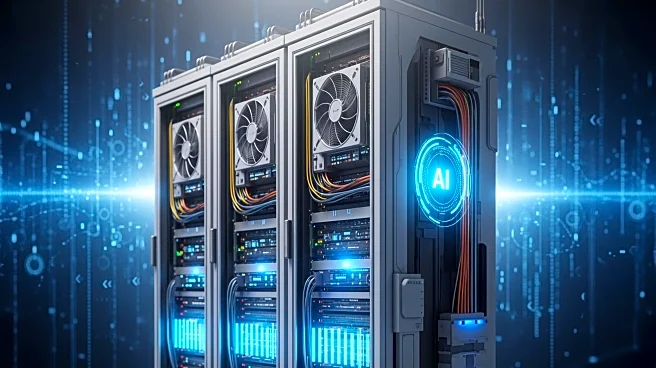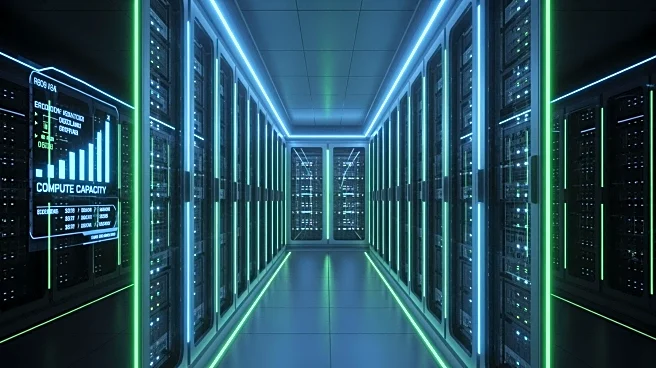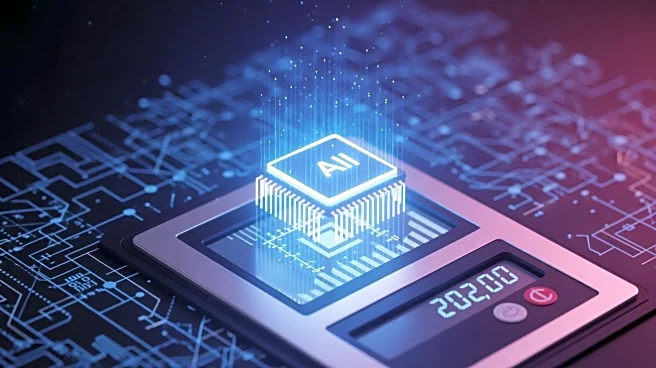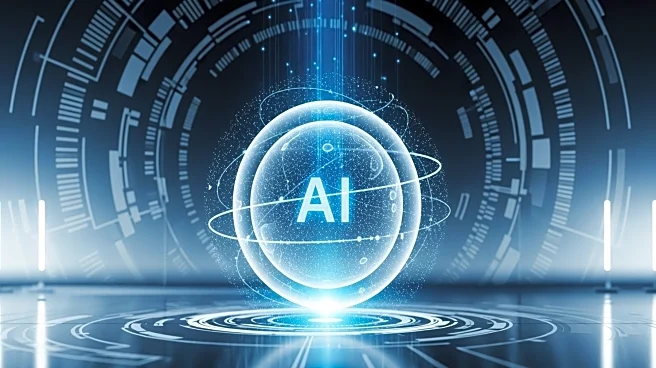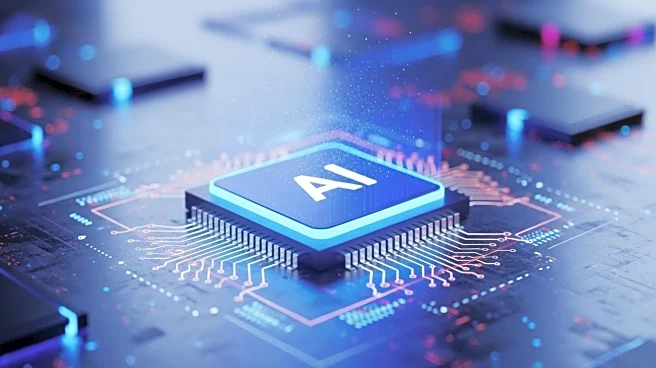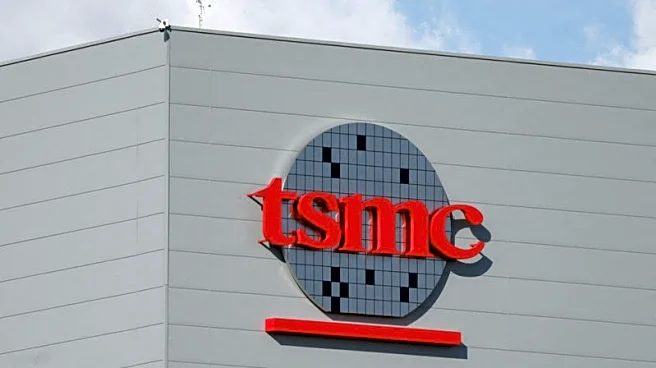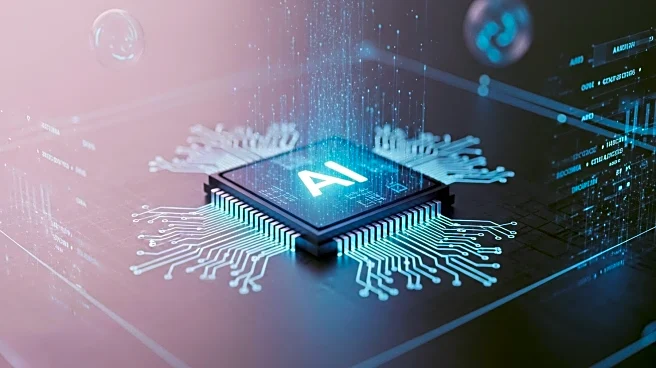What's Happening?
The AI sector is entering a new industrial phase, focusing on the physical realities of silicon, power, and capital. The strategic collaboration between OpenAI and Broadcom to develop custom AI accelerators
highlights the shift from software optimization to industrial logistics. While AI's energy consumption is often debated, the real constraint lies in semiconductor supply. The limited availability of advanced fabrication facilities and geopolitical risks pose challenges to scaling AI infrastructure.
Why It's Important?
The industrialization of AI infrastructure underscores the importance of physical manufacturing and energy availability in the AI economy. As semiconductor supply becomes a bottleneck, companies must navigate geopolitical tensions and invest in expanding fabrication capacity. This shift impacts the competitive landscape, with economic power migrating toward physical assets. The ability to secure reliable power and silicon capacity will define strategic control in the AI era.
Beyond the Headlines
The evolving AI infrastructure landscape presents opportunities for innovation in energy efficiency and semiconductor technology. Researchers are exploring new computing architectures, while companies are investing in renewable energy solutions to support AI data centers. The integration of AI into national security frameworks and utility models reflects the growing significance of AI as a strategic asset, influencing industrial policy and global competitiveness.
